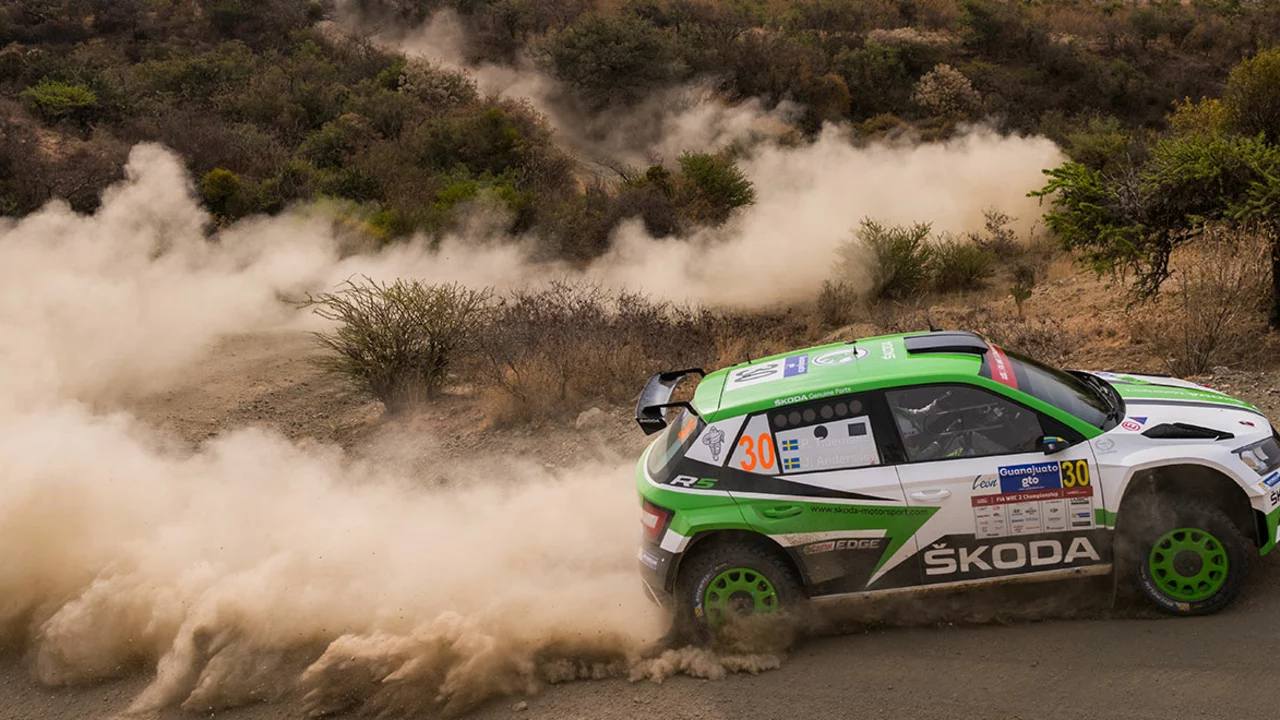Driving Techniques for Rally Racing
If you want to shave seconds off a stage, you need solid technique more than raw power. Rallying is part skill, part instinct, and every driver can improve with a few focused habits. Below you’ll find practical advice you can start using on the next practice run.
Master the Basics: Gear Shifts and Handbrake Turns
First up, the two sticks that most drivers think about – the gear lever and the handbrake. Shifting quickly keeps the engine in its sweet spot, but it’s not just about speed. Listen to the revs, and change up when the engine screams. On tight corners, a quick downshift lets the car settle before you pull the handbrake.
The handbrake turn is a rally staple. Pull the brake, steer opposite the turn, and let the rear swing around. The trick is timing: pull the brake just as you hit the apex, then release and apply throttle to straighten out. Practicing on a low‑grip surface helps you feel the balance point without wrecking the car.
Don’t forget the neutral‑gear trick for tight hairpins. Slip the car into neutral, let the momentum carry you through, then flip back into gear on the exit. This saves time when the clutch is sluggish or the terrain is especially loose.
Teamwork on the Stage: Role of the Co‑Driver
A co‑driver isn’t just a passenger; they’re your eyes on the road ahead. Pace notes break down each section into simple calls – “left 3,” “right 5 over crest,” etc. Your job is to listen, trust the timing, and match the car’s speed to the note.
Practice the cadence with your co‑driver before the event. A common mistake is talking over the notes or reacting too late. Use a calm voice and keep the cadence steady; the driver will learn to anticipate the rhythm.
When conditions change – mud, snow, or a broken wheel – the co‑driver can adjust the notes on the fly. Learn a few short phrases for “slow down,” “hold,” and “push” so you can react without breaking focus.
Finally, maintain clear communication about car feel. If the rear feels loose, tell the co‑driver to give you a longer “right 4” note so you can manage the slide. This two‑way feedback loop speeds up learning and reduces errors.
These techniques – smooth gear work, confident handbrake turns, and tight driver‑co‑driver sync – form the core of any rally driver’s toolkit. Try them one at a time, record your times, and you’ll see steady improvement. Remember, rallying rewards consistency more than flash, so keep practicing and stay patient.

Do Rally Drivers use handbrake?
As someone deeply interested in rally driving, I've done some research into whether rally drivers use handbrakes. Turns out, they absolutely do! Handbrakes play a vital role in navigating tight corners or executing sharp turns, something a rally driver often encounters. It's interesting to know that the handbrake can be such an essential tool in controlling a car's movement. So, yes, rally drivers do make good use of their handbrakes during races.